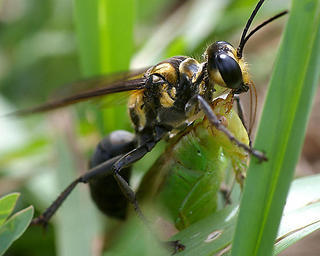
© Tim Lethbridge, www.photos.thelethbridges.net · 9
Sphex habenus |
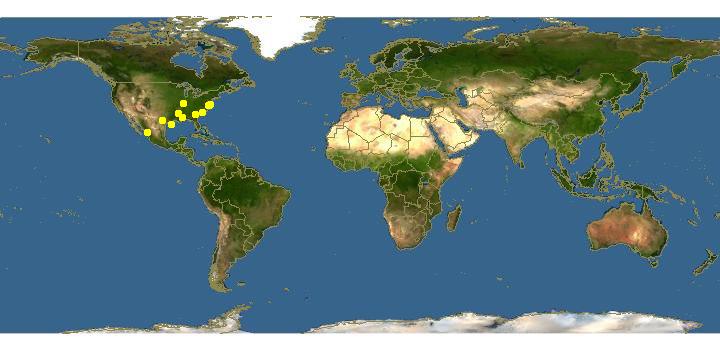
Click on map for details about points.
|
80x5 -
240x3 -
240x4 -
320x1 -
320x2 -
320x3 -
640x1 -
640x2
Set display option above.
Click on
images to enlarge. |
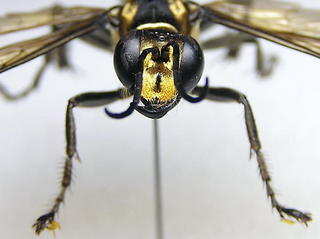
© Scott Nelson · 9
Sphex habenus, face |
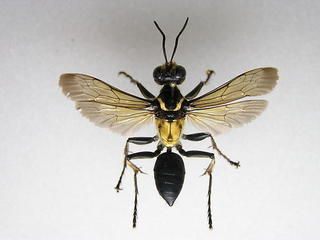
© Scott Nelson · 9
Sphex habenus, female, top |
|
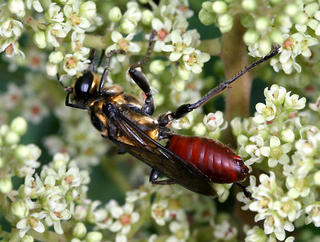
© Patrick Coin · 9
Sphex habenus, male |
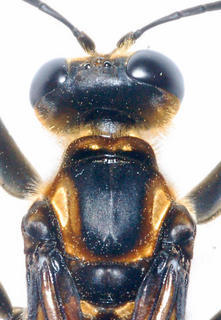
© Scott Nelson · 9
Sphex habenus, male, thorax |
|
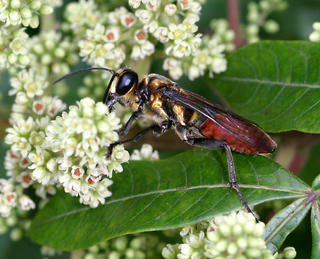
© Patrick Coin · 9
Sphex habenus, male |
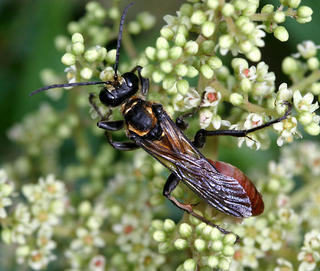
© Patrick Coin · 9
Sphex habenus, male, top |
|
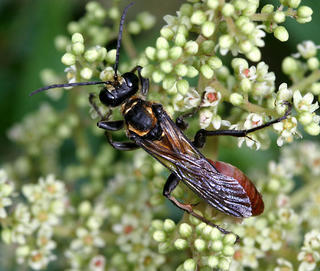
© Patrick Coin · 9
Sphex habenus, male, top |
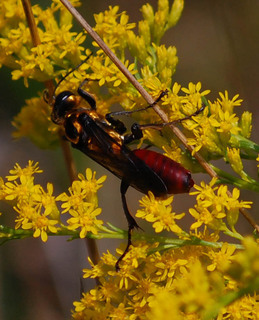
© Copyright Sheryl Pollock 2011
· 8
Sphex habenus, Male |
|
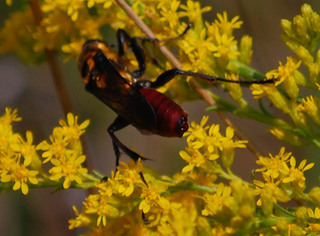
© Copyright Sheryl Pollock 2011
· 7
Sphex habenus, Male |
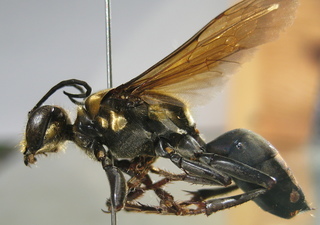
Native Bee Inventory and Monitoring Lab; Photographer: Erika Tucker · 1
Sphex habenus |
|
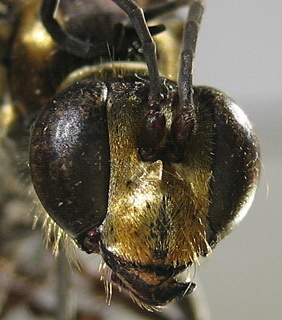
Native Bee Inventory and Monitoring Lab; Photographer: Erika Tucker · 1
Sphex habenus, face |
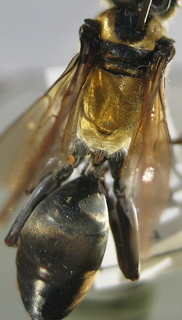
Native Bee Inventory and Monitoring Lab; Photographer: Erika Tucker · 1
Sphex habenus, thorax |
|
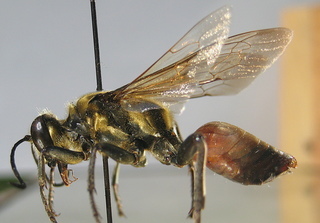
Native Bee Inventory and Monitoring Lab; Photographer: Erika Tucker · 1
Sphex habenus, side |
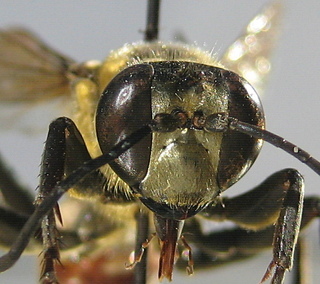
Native Bee Inventory and Monitoring Lab; Photographer: Erika Tucker · 1
Sphex habenus, face |
|
Overview |
Taken from:
Bohart, R.M., Menke, A.S. 1963. A Reclassification of the Sphecinae: With a Revision of the Nearctic Species of the Tribes Sceliphronini and Sphecini.
Male.—Average length 29 mm; head, thorax, petiole, and legs black; wings nearly clear;
gaster red; erect hair of head and thorax golden; face with extensive appressed silvery pubescence; postocular area, lobe and apex of pronotum, scutum laterally, tegula, postscutellum, propodeal enclosure, and area above hind coxa with appressed golden pubescence; mesopleura from base of mid coxa to episternal suture, and metapleura along stigmatal groove with a band of appressed golden pubescence; mesosternum with appressed golden pubescence; flagellum as in figure 89, sternite VII with a broad V-shaped notch posteriorly, sides of plate elevated and bearing numerous stout setae; sternite VIII broadly rounded, slightly acuminate posteriorly, plate roundly depressed mesally; genitalia as in figures 71 and 77.
Female.—Average length 25 mm; abdomen black or rarely red; wings slightly yellowish
brown; facial pubescence golden; mesopleura with a spot of silvery gold appressed pubescence behind pronotal lobe and above mid coxa; mesosternum without appressed golden pubescence; fore femur with much fine erect hair on lower one-half of outer surface,
|
|
|
Names | |
Sphex habenus Say
(Figs. 11,71,77)
Sphex habena Say, 1832, New species of North American insects chiefly of Louisiana, p. 14. Type lost.
Sphex lauta Cresson, 1872, Trans. Amer. Ent. Soc., 4:212. Holotype ♀, Dallas, Texas (ANSP).
Sphex lauta var. illustris Cresson, 1872, Trans. Amer. Ent. Soc., 4:210. Holotype ♀, Texas (ANSP).
Sphex princeps Kohl, 1890, Ann. K. K. Naturhist. Hofmus. Wien, 5:200. Holotype ♀, no data (VIENNA).
Sphex chrysophorus Kohl, 1890, Ann. K. K. Naturhist’. Hofmus. Wien, 5:201. Holotype ♀, Mexico (BUDAPEST).
Sphex lanciger Kohl, 1895, Ann. K. K. Naturhist. Hofmus. Wien, 10:55. Holotype ♂, New Orleans (BERLIN).
|
|
|
Geographic distribution | |
Distribution.—S. habenus occurs in the southeastern United States (North Carolina, South Carolina, Georgia, Alabama, Arkansas, and Texas) and ranges south into Mexico (fig. 11).
|
|
|
Natural history | |
We have studied the types of lauta and illustris. Bohart has examined princeps. Kohl’s figure of the male sternites of lanciger positively identify the species as a synonym of habenus. S. chrysophorus is probably a specimen with a reddish abdomen, an infrequent color form in habenus females.
Biology.—Strandtmann (1953) recorded nymphal Tettigoniidae as prey.
|
|
| Supported by | |
Updated: 2024-05-04 11:27:51 gmt
|